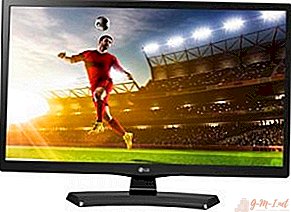 In the modern market about a dozen varieties of TVs. Some of them are very popular because of the ideal value for money. Some are not as popular as they can be expensive and may not provide the required quality. To choose the right device, you need to compare all modern types of TVs.
In the modern market about a dozen varieties of TVs. Some of them are very popular because of the ideal value for money. Some are not as popular as they can be expensive and may not provide the required quality. To choose the right device, you need to compare all modern types of TVs.
The principle of the TV
The process of transferring images to TVs is very simple:
- The cameras contain elements for processing light. Thanks to them, light radiation is converted into certain electrical signals.
- After the signal is received, it is processed and broadcast.
- The back of the device contains 3 electronic guns. After the signals of the air are received, the guns create electrons. They are sent to the inside of the device. This part of the TV is coated with a phosphor. This substance and electrons contact, creating light.
- Thanks to the glow of blue, green and red, an image is created on the TV screen.
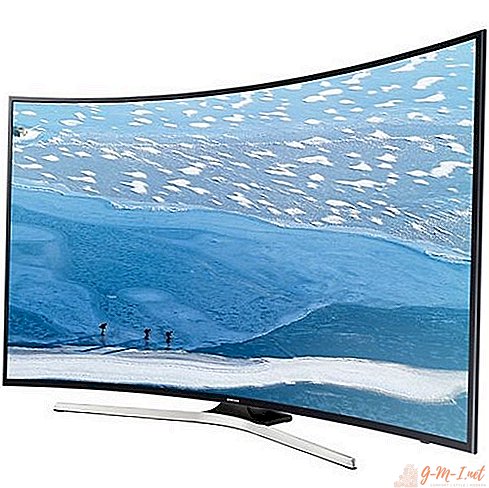
CRT
Also called a CRT device. It used to be the only type of television available to people. They were very popular because they did not have a worthy replacement. Modern models are equipped with a screen from 10 to 40 inches. Weight from 5 to 50 kg, depending on size. These devices are not thin, and their depth can exceed 40 cm. Viewing angle up to 180 degrees. Service life may exceed 30 years. The amount of energy consumed is from 50 to 140 W / h. This figure depends on the size.
Advantages of kinescopic models:
- High service life. It can exceed even the most popular LCD TVs.
- Budget Saving.
- Good viewing angle.
But kinescopic devices have many disadvantages:
- Takes up a lot of space due to the large size.
- It weighs a lot. It is difficult to carry in hands.
- Image quality is poor.
- The screen may flicker, and this reduces the performance of the eyes.
- The TV is sensitive to the magnetic field.
- It consumes a lot of energy.
- Only the analog signal is present.
Attention! Kinescope TVs work thanks to a ray tube. It directs the electron beam at the phosphor. The latter starts to glow, creating pixels on the screen. And thanks to the radio signal, they create an image.
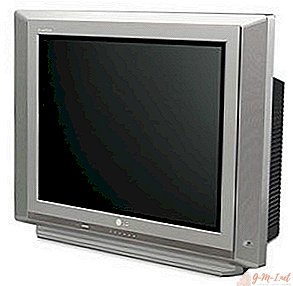
Plasma
According to the company, which is checking the demand for televisions, plasma panels are the second most popular after liquid crystal. Screen size from 30 to 80 inches.
Smaller models can be found, but the price will be too high for panels of this size. Plasma TVs weigh less than 5 kg, even the largest devices. The viewing angle is very wide 180 degrees. Such TVs serve up to 15 years. Consume a lot of energy (the most dimensional over 150 W / h). The price of the device depends on the size.
Plasma panels have their advantages:
- The image is very high quality. Perfectly conveys dark and color scenes.
- Large devices are good in terms of quality and price.
- Such TVs serve for a long time.
- The response time is small.
But the device also has disadvantages:
- The plasma panel consumes a lot of energy. Therefore, this option is considered uneconomical.
- There is no anti-reflective coating.
- They can overheat.
Some companies are beginning to abandon the production of plasma panels. The reasons are the disadvantages that these TVs have (constant overheating and wasting a lot of energy). That is why people began to prefer liquid crystal models.
Reference! The image is formed by glass capsules containing inert gases. These capsules come into contact with the phosphor, creating pixels. Electric discharges contribute to the appearance of the image.
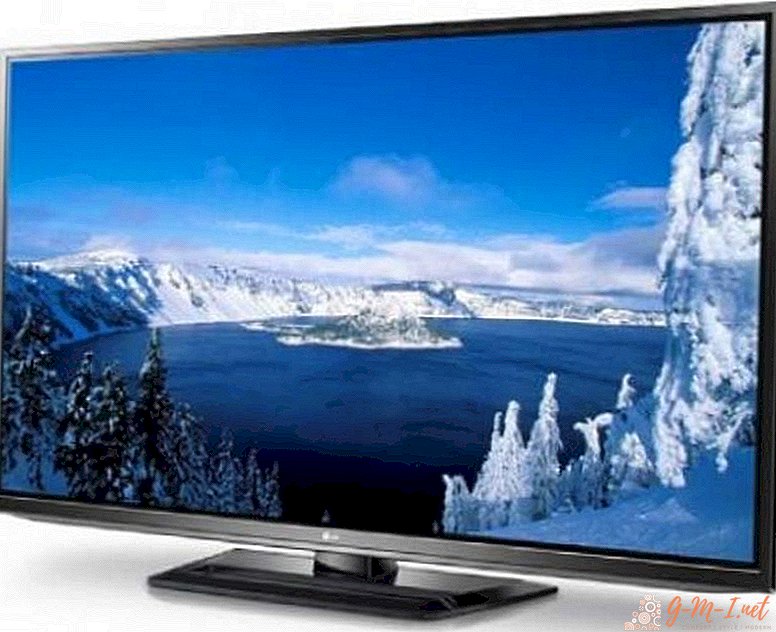
Projection
The sizes and functionality of projection models are different, depending on the manufacturer.
Advantages of projection models:
- The ability to adjust the scale. Because of this, there will be no problems with choosing a diagonal, the projection size can be increased and decreased, making the image small or large.
- Very comfortable to use. To increase the size of the image you only need to turn a special wheel.
But such designs have many disadvantages:
- Image size increases at the cost of loss of quality.
- Large dimensions due to thickness. In addition, you have to look for a place for the screen (white paper).
- High price. Inside, special lamps are mounted, the price of which can exceed plasma and liquid crystal devices.
- May overheat during operation. This can be avoided by purchasing a cooler, but this is an additional cost.
- In the process, they make noise that may interfere with acoustics.
- Low service life (no more than 2 years). Most often, it becomes even smaller from constant overheating. In addition, a sudden power outage significantly reduces the service life.
Such devices create a projection of the image. The operation process is as follows: a small image of very high quality is created and, using an optical system, projects it onto the screen. The projector screen is a large white paper. The image can fall both on the entire area of the paper, and on its individual parts.
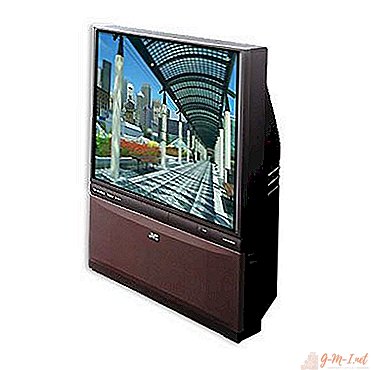
Liquid crystal
Liquid crystal devices are considered the most popular among TVs. They are the most in demand in the market. Screen size - from 12 to 65 inches. There are also small, portable models whose size is less than 10 inches. TVs weigh a little (even the heaviest will weigh about 4 kg). They are also thin (their thickness is less than 5 cm). The shelf life of the TV is quite large (up to 20 years). Energy consumption is less than other devices (40 W / h or less). Also, TVs are protected from the glare of light, thanks to a special anti-reflective coating.
Note! When choosing an LCD TV, pay particular attention to the viewing angle. Liquid crystal devices cannot boast of good criteria. Viewing angle - the maximum angle that allows you to transfer images to the screen without losing quality. The latter depends on contrast and brightness.
LCD TVs have their advantages:
- It consumes little power.
- The body of the TV is very thin. Due to this, it takes up little space. You can also hang the TV on the wall so that it does not take up space at all.
- The display is coated with an anti-reflective layer.
- Panels do not overheat. Temperature no more than 30 degrees.
- Long service life (up to 20 years).
- The perfect balance between price and quality.
But even the most popular devices have some disadvantages:
- The viewing angle is less than that of plasma models.
- The response time is quite long.
The device is based on liquid. It consists of molecules. Thanks to the electric field, they change their location. Light passes through them, and this creates a picture.
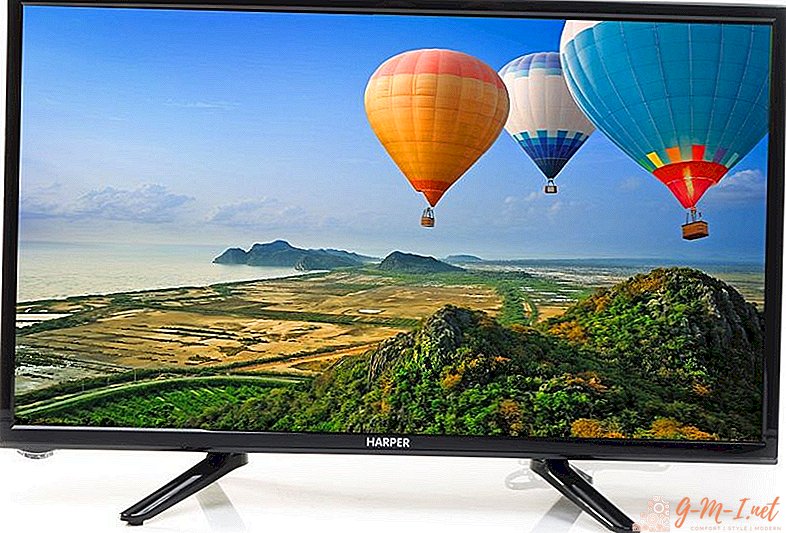
Which TV is better
It is impossible to say which common device is the best. People buy all device options. Most preference is given to liquid crystal models, because they consume a minimum of energy, take up little space and serve for a long time. But even they have drawbacks (long response and a smaller viewing angle compared to other types). Also often preferred are plasma models. Image quality is very high, and response time is short. But they consume a lot of energy, and are very hot.
Kinescopic devices are in great demand, as they are well arranged and able to handle many functions. People are already used to them, they serve for a very long time (up to 30 years), and the price for them is the lowest. But such TVs can not boast of high-quality image and take up a lot of space. The least popular projection models. They are more suitable for showing presentations or films than for constantly watching TV shows, and they have a very low lifespan.
After weighing all the pros and cons, and thinking about what is most important to us, you can make a choice.

Leave Your Comment